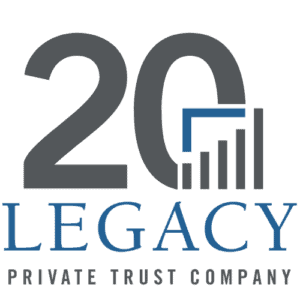Trusts, as powerful tools for estate planning, provide flexibility, asset protection, and tax benefits. As life’s circumstances evolve, the need to consider trust modification becomes more apparent. In this article, we delve into two pivotal aspects of trust modification: the timing of trust termination and the role of a trustee. By understanding these aspects, trust creators can confidently make informed decisions about trust modification that align with their goals and the needs of their beneficiaries.
Does the Trust Terminate at Specified Dates/Ages?
Traditionally, trusts would terminate when beneficiaries reached a certain age, like 30, transferring complete control and ownership of the assets. The rationale was that beneficiaries would be mature enough to manage their inheritance responsibly by a certain age.
With the changing landscape of wealth management and family dynamics, the concept of trust termination has also evolved. Today, many trust creators lean towards ongoing trusts that can span the beneficiary’s lifetime, providing enduring benefits and protection. This shift, often referred to as a ‘dynasty trust,’ is a type of trust designed to shield assets from potential challenges like divorces, lawsuits, or financial mismanagement. Unlike traditional trusts that might distribute assets to beneficiaries at a certain age, dynasty trusts offer long-term asset protection by maintaining the assets within the trust structure across generations. This type of trust can be structured to grant beneficiaries limited access to trust assets under specific conditions, such as for education, health, or other essential needs, without completely transferring the assets at a predetermined age. By doing so, dynasty trusts help ensure that the wealth is preserved and managed prudently, providing a lasting legacy and financial security for future generations.
Is the Child Their Own Trustee? Should They Be?
One of the key considerations in modern trusts is whether beneficiaries should assume the role of their own trustees. This decision is heavily influenced by the beneficiary’s maturity, financial acumen, and overall ability to manage trust assets effectively. While using trust modification and empowering a beneficiary as their own trustee can foster responsibility, enhance their financial literacy, and give them greater control over their financial future, it also carries significant risks. These risks include potential mismanagement of the trust assets due to a lack of experience or knowledge, and increased exposure to creditors or other financial liabilities. Additionally, beneficiaries who serve as trustees may face conflicts of interest and challenges in balancing their personal needs with their fiduciary duties. It’s crucial to carefully evaluate these risks and benefits, and possibly consult with legal and financial advisors, when considering trust modification to allow beneficiaries to act as their own trustees.
It’s also crucial to consider the specific powers granted to a beneficiary-trustee. Restrictions might be necessary to ensure the primary goals of the trust, such as asset protection and tax advantages, are not compromised. These can include stipulations on the distributions for health, education, maintenance, and support (commonly referred to by the acronym “HEMS“), ensuring that the trust assets remain protected from potential future creditors.
Strategic Decisions in Trust Modification
Trust modification involves careful consideration of how long the trust should last and who should control it. By understanding the implications of each decision, trust creators can better tailor their estate planning to suit their goals and the needs of their beneficiaries. It is advisable to consult with an estate planning attorney to navigate these complex decisions and ensure that the trust aligns with both current legal standards and the family’s needs.
If you are a Legacy client and have questions, please do not hesitate to contact your Legacy advisor. If you are not a Legacy client and are interested in learning more about our approach to personalized wealth management, please contact us at 920.967.5020 or connect@lptrust.com.
This newsletter is provided for informational purposes only.
It is not intended as legal, accounting, or financial planning advice.




